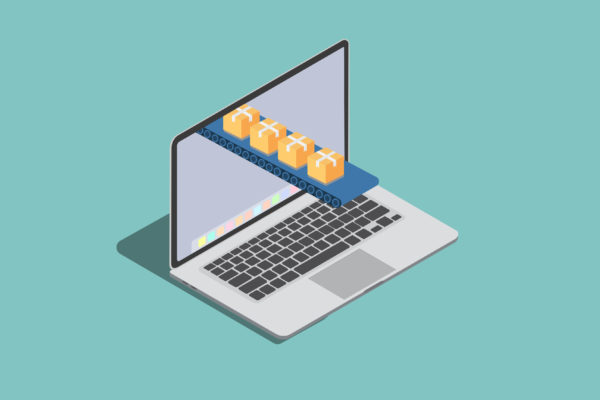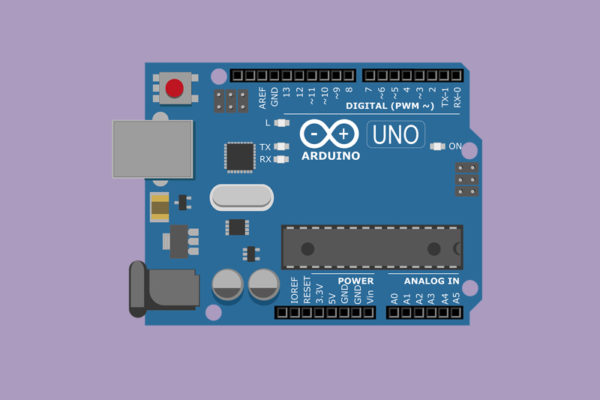With the right technology, 3D printing is child’s play.
 PotteryPrint is a truly exciting new iPad app that lets children use a virtual pottery wheel to create completely unique works of art ready for 3d printing.
PotteryPrint is a truly exciting new iPad app that lets children use a virtual pottery wheel to create completely unique works of art ready for 3d printing.
The PotteryPrint team is currently seeking funding through Kickstarter to take their prototype to deployment.
They’ve got 20 days and $10,000 to go. You can support the project for as little as $1, and they’ve got some great pledge rewards including a home-baked dozen of your favorite cookies!
I talked to Brian, Cameron and Shlok from PotteryPrint to find out more about this app, their inspiration behind the project, and their thoughts on the intersection of technology and childhood education.
First up, can a kid really use a 3D modeling app?
Kids can do amazing things if given the right tools, but until now the majority of 3D design software has been created using traditional CAD-based software which is often complex and takes some training to use effectively.
The amazing thing about tablets is that the touchscreen interface just clicks with kids. I (Cameron) have a two year old and four year old — both can easily navigate the family iPad: pointing at something comes far more naturally to children than using a mouse. The combination of touchscreen and the malleability of clay makes PotteryPrint immediately accessible to kids. It calls on something natural, something primitive. Your hands, making something.

Tell me about the inspiration for this project.
We each came to the project from different directions. Brian wants to solve a design problem in that CAD is made for engineers — not designers, artists or kids. Taking a page from the diffusion of innovations curve, Shlok wants to see 3d printing move from early adopters to an early majority. And Cameron wants to see his kids think like makers.
Technically, what’s going on under the hood?
On the modeling side of things, we’re building on top of the iOS module for Unity3d, a world class game engine. And then to turn these virtual works of art into something tangible, we’ll be using Ponoko’s Personal Factory API. It’s simple to use and really robust, both in terms of materials and production locations. That’s cool, because it opens up new app opportunities and lets us cater to a variety of different audiences, all over the world.
What’s your vision for the role of technology in education?
Technology in education is tricky because it can often become more about teaching the use and implementation of the tech itself rather than developing children’s minds and creativity. By making applications that are very simple and easy to use, you put the focus where it should be.
Technology like ours offers a child a physical reward that they can proudly show off. The confidence that a child gets from making something tangible is the same confidence they need to go out and change the world around them.
While researching your app, did you come across any cool educational or neat 3D apps out there; any recommendations?
Some fun 3d apps, Forger is one by Javier Edo: he’s got a cool take on sculpting. On the non-3d side, my daughter really enjoys some of the interactive children’s book apps like those offered by PicPocket Books and NosyCrow. Also, Motion Math: Hungry Fish has been great in helping my daughter with basic addition and subtraction.
Help bring the first 3D modeling & 3D printing for kids to the iPad!
Pledge your support to PotteryPrint today.


